Cost-Effectiveness
Cost-effectiveness is a crucial factor influencing the HDPE Conduit Market. HDPE conduits offer a favorable balance between performance and price, making them an attractive option for various applications. Their lightweight nature reduces transportation costs, while their durability minimizes maintenance expenses over time. Market analysis reveals that the total cost of ownership for HDPE conduits is significantly lower compared to alternatives, which could lead to increased adoption across multiple sectors. As businesses and governments seek to optimize budgets, the cost advantages of HDPE conduits are likely to drive further growth in the market.
Environmental Regulations
Stringent environmental regulations are emerging as a significant driver for the HDPE Conduit Market. Governments are increasingly mandating the use of eco-friendly materials in construction and infrastructure projects. HDPE conduits, known for their recyclability and lower environmental impact compared to traditional materials, are likely to benefit from these regulations. The market data indicates that the adoption of sustainable practices in construction is expected to rise, with a projected increase in the use of HDPE materials by 20% over the next decade. This shift not only aligns with The HDPE Conduit Industry favorably in a competitive landscape.
Infrastructure Development
The ongoing expansion of infrastructure projects worldwide appears to be a primary driver for the HDPE Conduit Market. Governments and private entities are increasingly investing in the development of transportation, energy, and communication networks. This trend is likely to enhance the demand for HDPE conduits, which are favored for their durability and resistance to corrosion. According to recent data, the construction sector is projected to grow at a compound annual growth rate of approximately 4.5% over the next five years, further bolstering the HDPE Conduit Market. As urbanization accelerates, the need for reliable and efficient conduit systems becomes paramount, suggesting a robust market outlook.
Innovation in Manufacturing
Innovation in manufacturing processes is emerging as a key driver for the HDPE Conduit Market. Advances in production technology are enhancing the quality and performance of HDPE conduits, making them more appealing to end-users. Techniques such as extrusion and blow molding are being refined, resulting in conduits that are not only stronger but also more versatile. Market data indicates that the introduction of new manufacturing technologies could increase production efficiency by up to 15%, thereby reducing costs and improving supply chain dynamics. This innovation is expected to stimulate demand and foster competitive advantages within the HDPE Conduit Market.
Telecommunications Expansion
The rapid expansion of telecommunications networks is driving demand within the HDPE Conduit Market. As the need for high-speed internet and advanced communication systems grows, the installation of robust conduit systems becomes essential. Recent statistics suggest that the telecommunications sector is set to grow by approximately 6% annually, necessitating the use of HDPE conduits for their ability to protect sensitive cables and fibers. This trend indicates a strong correlation between telecommunications growth and the demand for HDPE conduits, suggesting that the market will continue to thrive as connectivity becomes increasingly vital in modern society.
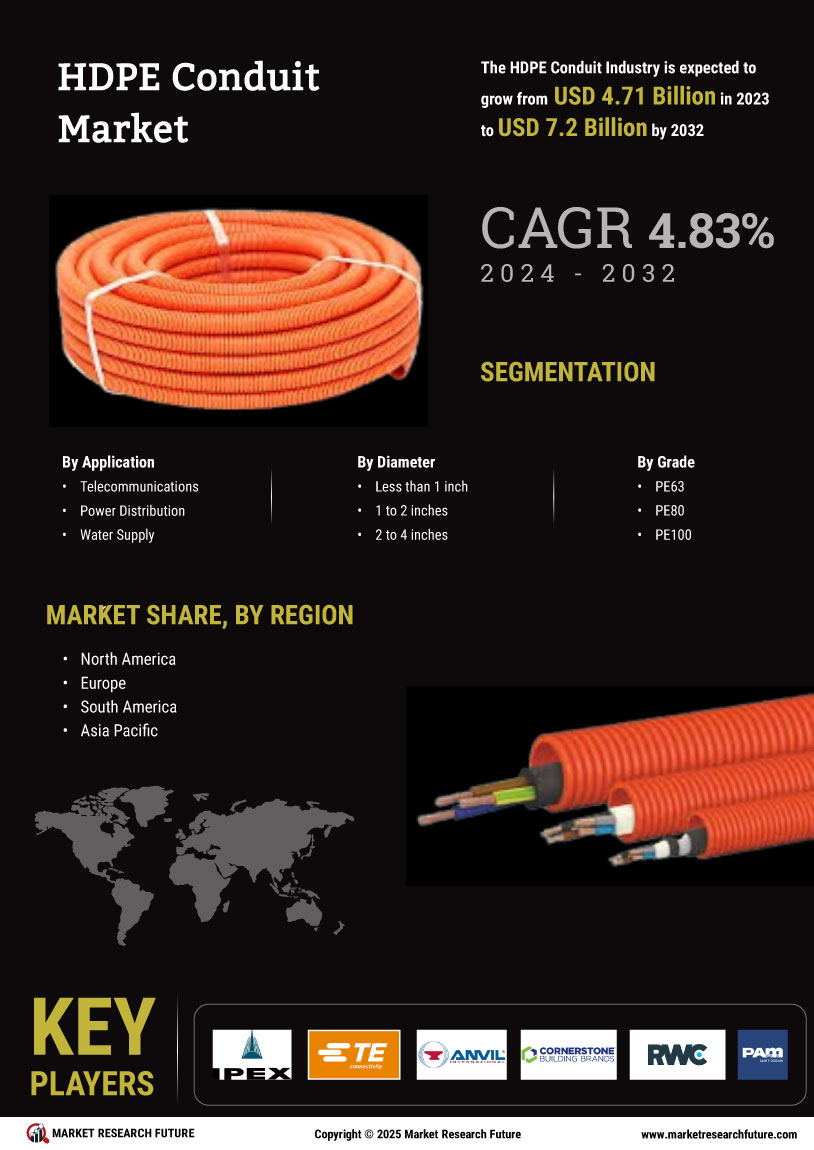

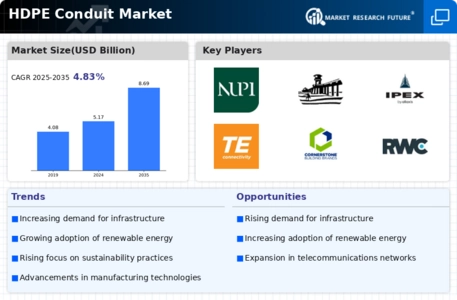


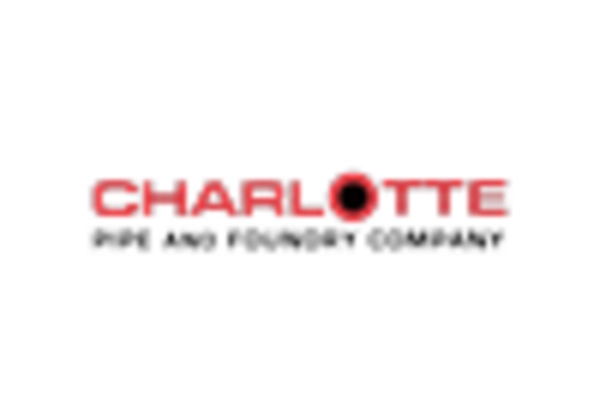

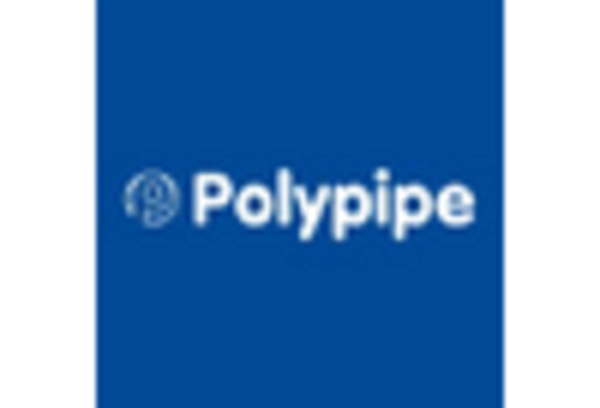

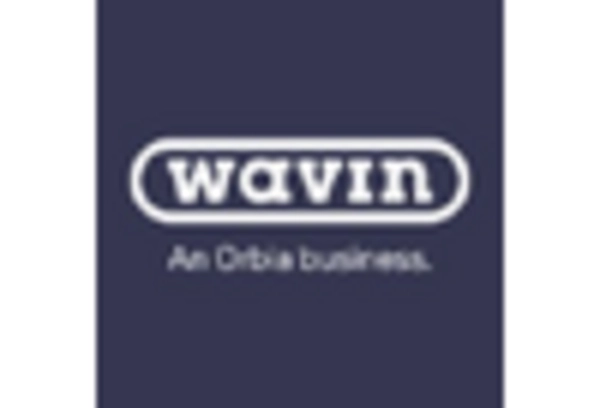








Leave a Comment